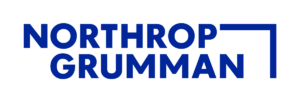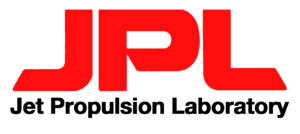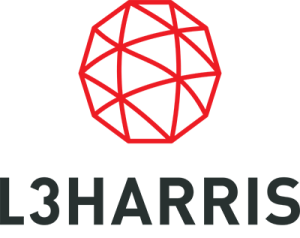Why Good Hiring Must Be Dynamic

“Insanity: doing the same thing over and over again and expecting different results.” – Albert Einstein
“You can never step into the same river twice.” – Heraclitus
Dynamic can be defined as: a process or system characterized by constant change, activity, or progress. Hiring is dynamic in this way. Good hiring takes into account that your company is changing, and has new goals every day. Each position also evolves. Your needs in a Supply Chain executive today are likely to be different than they were two or three years ago, when you last hired someone. The job market is evolving. Techniques for finding talent are constantly changing. Learn more from the best executive search firm.
Many organizations make the mistake of treating hiring like a static process – one that is always the same; job descriptions that rarely change; acquisition tactics that rarely evolve. Companies who stay static in hiring will find it more challenging to compete for talent, especially as the supply of talent itself is becoming more dynamic. Most companies would be shocked at the number of their own people who are responsive to a recruiter call. These employees, regarded as loyal and secure, will readily acknowledge that they are open to considering a change. The grass looks greener on the other side of the job street, even if it really isn’t.
The world of employment used to be far more stable. People worked for the same company until they got the gold watch. The company could put the same four-line ad in the classifieds, and pools of applicants would line up, with the same resumes, for the same jobs, over and over. Now, candidates have adopted a new attitude. They are more interested in how your company stands out, how you are unique, special, or better.
The global economy has produced many impersonal conglomerates, with less loyalty of the company to employees, and logically, less loyal employees. Companies upsize dynamically, and downsize just as fast. Companies have to really work at employee retention, and employees can tell when it is merely lip service.
Constant changes in media and technology require employers to keep pace, with branded employment web pages, social media, electronic resume readers, applicant tracking systems retrieving people by keywords, and job description language that attracts people rather than lulling them to sleep. It actually takes keen awareness and hard work to attract the best people and making sure it’s the right time to hire. And how do you know if they are really good? Resumes all look the same. Active job seekers have read books on behavioral interviewing, and know how to game the system with textbook answers.
The key to all of this is aiming for precision and making sure you get what you need when hiring. How precisely will I identify the right people? Where will I find them? What will I ask them to be sure I will hire the best one? How will I attract and retain the talent I need?
Employers are well-advised to regard good hiring as a moving target, and keep calibrating to aim correctly, in defining job requirements, casting a wide net (in the right directions) and in attracting, evaluation and retaining the talent needed to move to the next level of company performance.

























